When he was Prince of Wales, the king began to advocate the need for a slimmed-down monarchy. The perception was that there were too many royals, an image confirmed in the eyes of the media and the public when they all appeared together on the balcony following the Trooping the Colour, a ceremonial event in London. The ill-informed man in the street would go away thinking the taxpayer was supporting all these disparate family members. This was a misconception, but it lingered. At the time of the Diamond Jubilee, the queen’s advisors, were delighted when only a handful of royals appeared on the balcony after the service at St. Paul’s Cathedral in 2012 — the queen, the Prince of Wales, the Duchess of Cornwall, the Duke and Duchess of Cambridge and Prince Harry (the Duke of Edinburgh was in hospital at the time). This image was what media advisors would describe as a better “optic.”
The queen and Prince Philip had many patronages and presidencies which it is proving a problem to fill
Then at the time of the Platinum Jubilee a new category was devised — the so-called working royals. These were the queen, the Prince of Wales and the Duchess of Cornwall, the Duke and Duchess of Cambridge, the Princess Royal (accompanied by Sir Tim Laurence, her husband), the Earl and Countess of Wessex, the Duke and Duchess of Gloucester, the Duke of Kent and Princess Alexandra. So there it was — the slimmed-down monarchy just as the king-to-be had always wanted.
Frankly, I never thought it would work. Nor did the Princess Royal (who is always worth listening to). Last year she was asked about it. “Well, I think the ‘slimmed-down’ [monarchy] was said in a day when there were a few more people around to make that seem like a justifiable comment… It doesn’t sound like a good idea from where I’m standing, I have to say.”
The announcement of the king’s cancer diagnosis is a reminder of what a foolish idea a slimmed-down monarchy is. The whole point of the royal family is that they support the king (definitionally not slimmed-down), undertaking the duties and responsibilities that he simply does not have time to do. The most successful members of the royal family are those who support the monarch, rather than those who compete (as we have seen). In the coming days, as the king undergoes his treatment, we will no doubt see much of Queen Camilla out and about. The Queen Mother stood in for George VI a great deal between 1948 and 1952 — at times she was effectively the head of state. Princess Anne has already proved immensely supportive to her brother. Prince William has resumed public duties. It is said that Prince Edward is resting from his duties, but his wife Sophie will be busy.
Of the others, the Duke of Kent is recovering from an operation and is now eighty-eight, and his sister Princess Alexandra has not been seen in public since last summer. Recently the king invited the Duke and Duchess of Gloucester to Sandringham for the first time in decades. This indicates his increased reliance on them. Their public duties have increased enormously in the last months.
When I did some conversations with the Duke of Kent for his book A Royal Life, he spoke of his role in the late queen’s reign: “I always felt I wanted to support her. That’s by far the most important thing in life.” When the Duchess of Kent asked me why I wanted to do the book with him, I told her that he was always seeking ways to lighten the queen’s burden, and she said: “Well that’s absolutely perfect. Exactly what he does.”
There was a time in the early 1950s when there were as few active members of the royal family as there are today. So the young duke was sent off to take the Independence ceremony in Sierra Leone in 1961. Princess Alexandra paid a long visit to Australia and other countries in 1959, when she was only twenty-two and she undertook a vitally important visit to Japan in 1961, which opened the way for better post-war Anglo-Japanese relations and paved the way for Emperor Hirohito’s state visit to Britain in 1971. When not helping the queen, these members of the royal family pursued their own duties. The Duke of Kent was a dedicated president of the Commonwealth War Graves Commission for fifty years. In 2022 he presided at the burial of World War One soldiers whose bodies were discovered years later. This got no mention in the press, but was hugely appreciated by the families of those involved.
For public events these days, members of the royal family — or celebrities — are wanted more than the mayors, councilors or lords of the manor of earlier times. And you get a better deal from the royal family than from most celebrities (who can be expensive and demanding). The queen and Prince Philip had many hundreds of patronages and presidencies between them. They were involved with numerous regiments. It is proving a problem to fill these now that they have gone — not to mention the many public engagements for which royal participation is sought.
Another crucial role for some royals is to act as Counselor of State. Six are appointed if the monarch goes abroad for an appreciable period of time or is unable to fulfil his duties. There is no need for them at present, but should there be; the two who would act in tandem would most likely be Queen Camilla and Prince William. At one time they used to be the Queen Mother, Prince Philip and the next four in line. When the queen went to Paris on her state visit in 1972, Prince Philip was exempted as he was with her, as were Prince Charles, serving in the navy, and Princess Margaret, who happened to be abroad. The media suggests Prince Harry might be one but he is automatically excluded as he lives abroad. Under the Counselors of State Act of 2022, Prince Edward and Princess Anne are also eligible to serve.
The king may well find he needs more support to advance the slimmed-down cause from his family. I would encourage further involvement from Princess Beatrice and Princess Eugenie, two very well-raised girls, with university degrees, both of whom already support many charitable endeavors. I am sure they would rise to the challenge.
This article was originally published in The Spectator’s UK magazine. Subscribe to the World edition here.



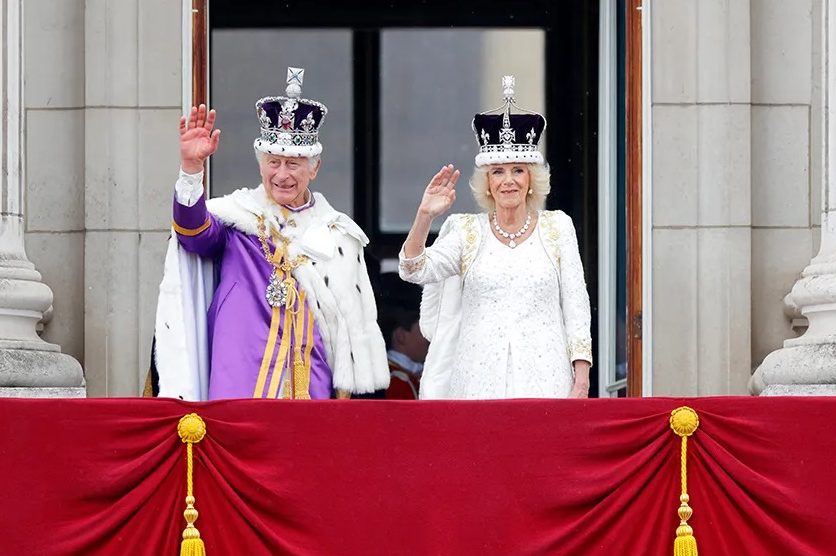






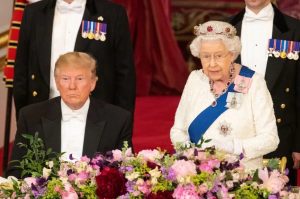



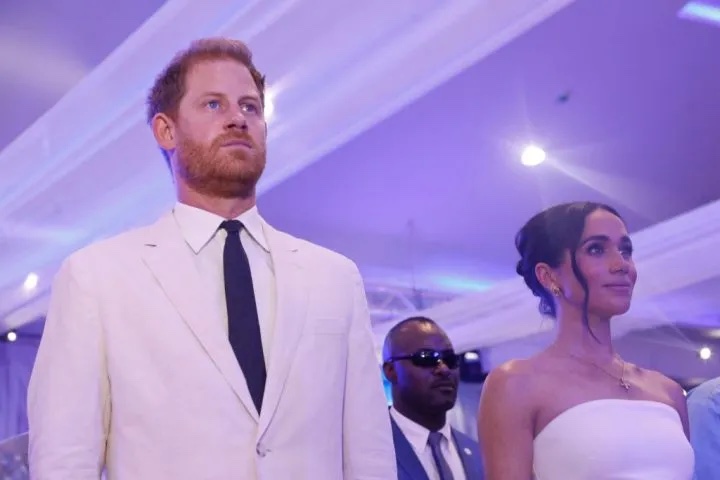

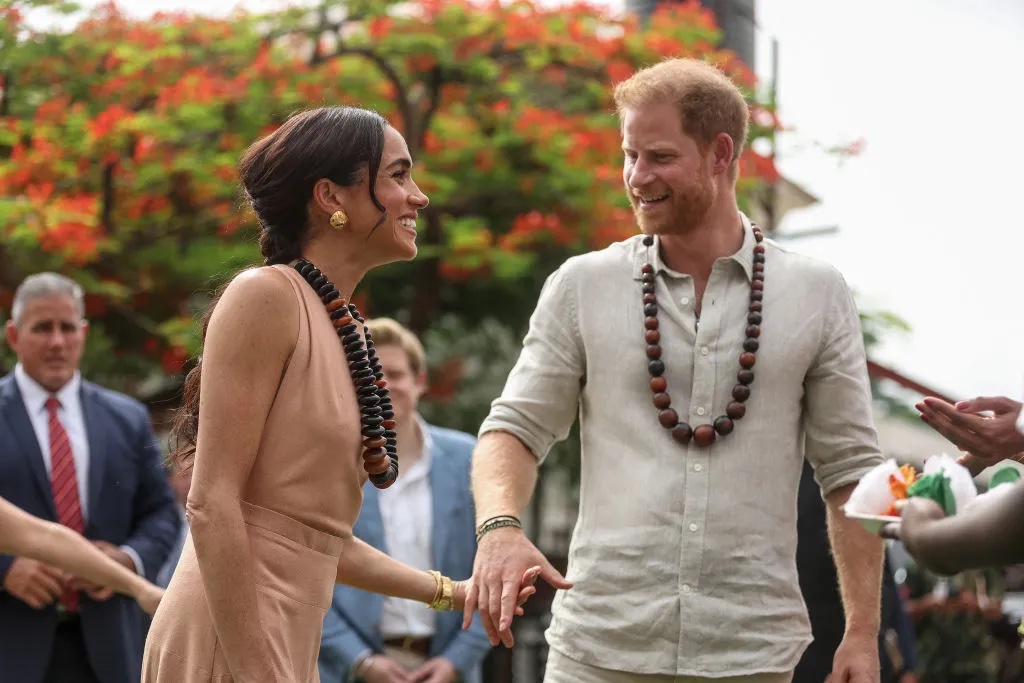

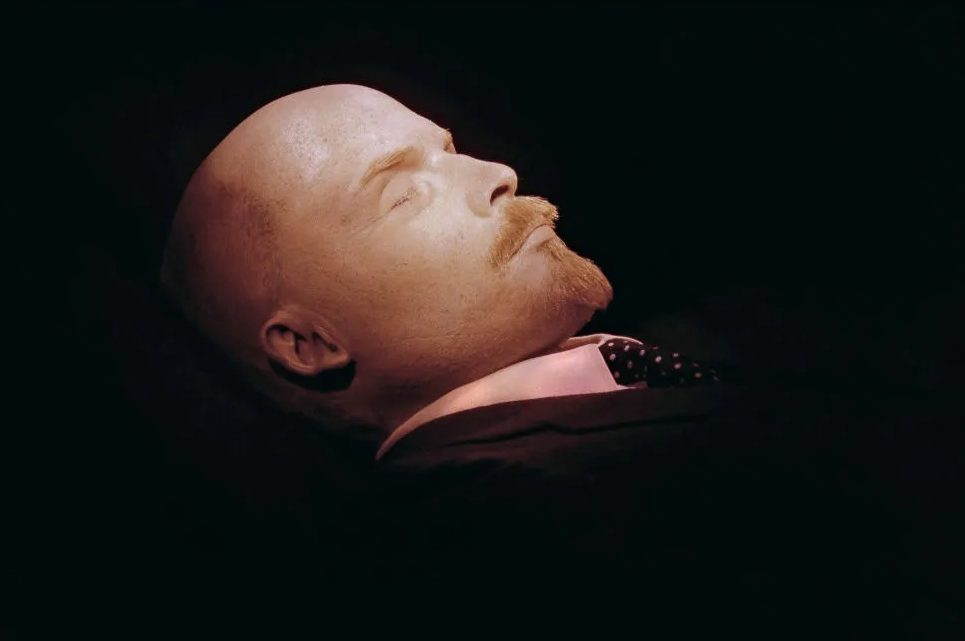







Leave a Reply